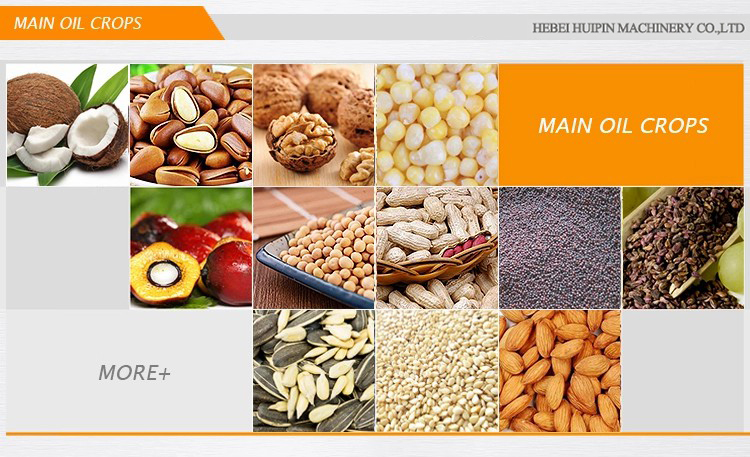Oct . 18, 2024 10:46 Back to list
Flaxseed Oil Refining Line Provider for High-Quality Production Solutions
Understanding Flaxseed Oil Refining Line Suppliers
Flaxseed oil, extracted from the seeds of the flax plant (Linum usitatissimum), is a rich source of omega-3 fatty acids and has gained popularity for its numerous health benefits. In recent years, the demand for flaxseed oil has surged, prompting the need for efficient refining processes to ensure high-quality production. This is where flaxseed oil refining line suppliers come into play, providing essential equipment and technology for manufacturers aiming to produce refined flaxseed oil commercially.
Importance of Flaxseed Oil Refining
The refining process of flaxseed oil is vital for removing impurities, enhancing flavor, and ensuring food safety. Raw flaxseed oil contains various compounds, including free fatty acids, phospholipids, and sensory impurities, which can affect its taste, stability, and overall quality. A well-designed refining line can effectively reduce these unwanted components, resulting in a product that meets market standards and consumer expectations.
Components of a Flaxseed Oil Refining Line
A typical flaxseed oil refining line includes several stages degumming, neutralization, bleaching, and deodorization. Each of these processes plays a critical role in delivering high-quality oil
1. Degumming This initial step involves the removal of phospholipids and other water-soluble impurities. The oil is treated with water or acid, which causes the impurities to separate and be removed.
2. Neutralization In this stage, free fatty acids are neutralized with the addition of an alkali. This step is essential for reducing acidity levels and improving the oil's stability during storage.
flaxseed oil refining line supplier

3. Bleaching To improve the color and remove pigments, the oil undergoes bleaching. This is achieved by mixing the oil with adsorbent materials (such as activated clay) that attract and bind to color pigments and other contaminants.
4. Deodorization The final stage involves heating the oil under vacuum conditions to remove volatile compounds that cause undesirable odors and flavors. This ensures that the end product has a pleasant taste, suitable for culinary use.
Selecting the Right Supplier
When searching for flaxseed oil refining line suppliers, it is crucial to consider several factors. First, the technology used in the refining process should be advanced, ensuring high efficiency and minimal loss of quality. Suppliers should provide machinery that is reliable, easy to operate, and energy-efficient.
Additionally, the supplier's reputation in the industry is paramount. Potential buyers should look for testimonials, case studies, and references to gauge the performance of the supplier's equipment. After-sales service and support are also essential; a good supplier will offer training, maintenance, and technical assistance to ensure smooth operation.
Conclusion
The growing popularity of flaxseed oil presents a lucrative opportunity for producers. By investing in a high-quality flaxseed oil refining line, manufacturers can ensure that they meet consumer demands for purity and quality. Working with reputable suppliers who understand the complexities of the refining process and provide state-of-the-art technology will ultimately contribute to the success of flaxseed oil production. As the market continues to evolve, staying informed about the latest advancements in refining technology will empower producers to thrive in this competitive sector.
-
LZY-206 Twin-Screw Cold Press: Efficient Oil Extraction
NewsAug.04,2025
-
Professional Safflower Oil Press Service | AI-Efficient
NewsAug.03,2025
-
HP290 First Press Oil Expeller Machinery: Efficient Oil Extraction
NewsAug.02,2025
-
Top Food Oil Refined Unit Companies w/ GPT-4 Turbo Tech
NewsAug.01,2025
-
Premium Black Seed Oil Expeller - High Efficiency Cold Press Oil Machine
NewsJul.31,2025
-
Oil Processing Equipment - High-Efficiency Flaking Machine
NewsJul.25,2025
